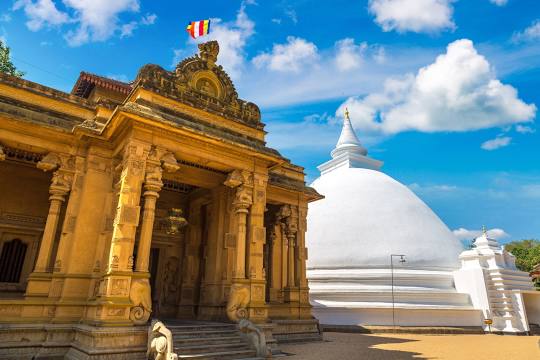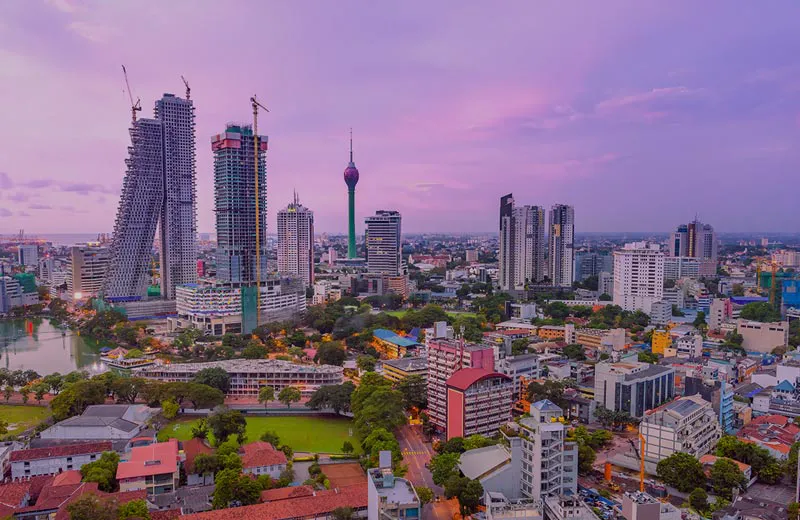
Colombo is the executive and judicial capital and largest city of Sri Lanka by population. According to the Brookings Institution, Colombo metropolitan area has a population of 5.6 million, and 752,993 in the Municipality. It is the financial centre of the island and a tourist destination.
Gangaramaya Temple is one of the most important temples in Colombo, Sri Lanka, being a mix of modern architecture and cultural essence. Located on the Beira Lake, it was completed in the late 19th century.
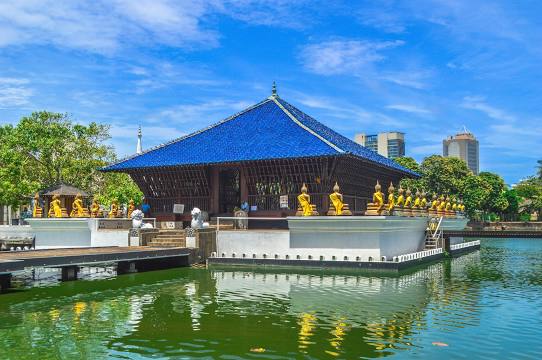
Galle Face is a 5 ha ocean-side urban park, which stretches for 500 m along the coast, in the heart of Colombo, the financial and business capital of Sri Lanka. The promenade was initially laid out in 1859 by Governor Sir Henry George Ward, although the original Galle Face Green extended over a much larger area than is seen today. The Galle Face Green was initially used for horse racing and as a golf course, but was also used for cricket, polo, football, tennis, and rugby.
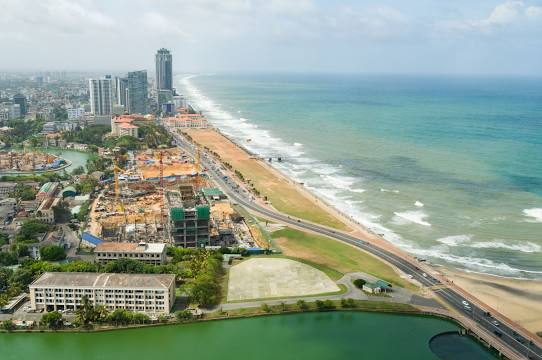

Independence Memorial Hall is a national monument in Sri Lanka built for commemoration of the independence of Sri Lanka from the British rule with the restoration of full governing responsibility to a Ceylonese-elected legislature on 4 February 1948. It is located in Independence Square in the Cinnamon Gardens, Colombo. It also houses the Independence Memorial Museum. The monument was built at the location where the formal ceremony marking the start of self-rule, with the opening of the first parliament by Prince Henry, Duke of Gloucester occurred at a special podium on 4 February 1948. Located at the head of the monument is the statue of the first prime minister of the country Rt. Hon. Don Stephen Senanayake “The Father of the Nation”. Most of the annual National Independence Day celebrations have been held here. Apart from a monument it served as the ceremonial assembly hall for the Senate of Ceylon and the House of Representatives of Ceylon until the parliament was moved to the new parliament complex. Currently it is the venue for religious events and annual national day celebrations.
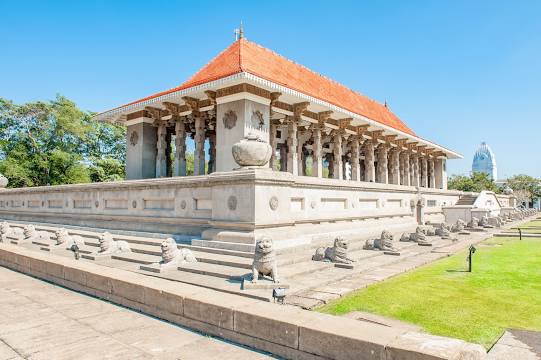
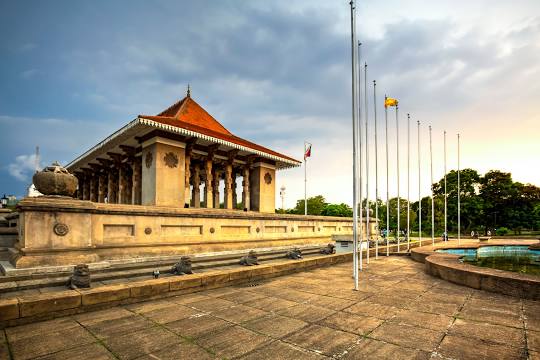
Viharamahadevi Park is a public park located in Cinnamon Gardens, Colombo, situated in front of the colonial-era Town Hall in Sri Lanka. It was built by the British colonial administration and is the oldest and largest park of Colombo. The park was originally named “Victoria Park” after Queen Victoria but was renamed after Queen Viharamahadevi, the mother of King Dutugamunu on July 18, 1958. During World War II it was occupied by the British Army with Australian 17th Brigade based at Victoria Park. After the war the park was restored and open to the public in 1951. There used to be a cricket ground in the park, which was used for first-class cricket between 1927 and 1995. Ceylon played against a touring English team there in 1927 and against an Australian team in 1935. The park features include a huge Buddha statue which replaced the statue of Queen Victoria which originally stood there, and a series of water fountains. It also includes a mini zoo, a children’s play area and a BAC Jet Provost. There are Muscovy ducks in the park. They swim in the artificial lake and walk on the grass beside it.
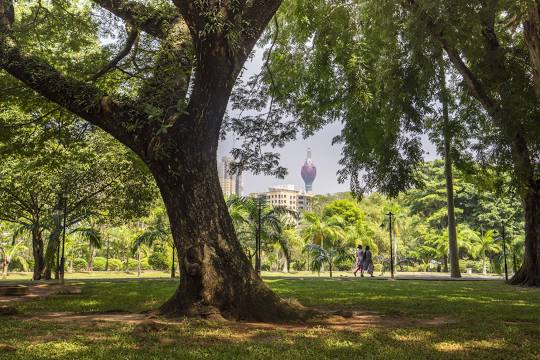
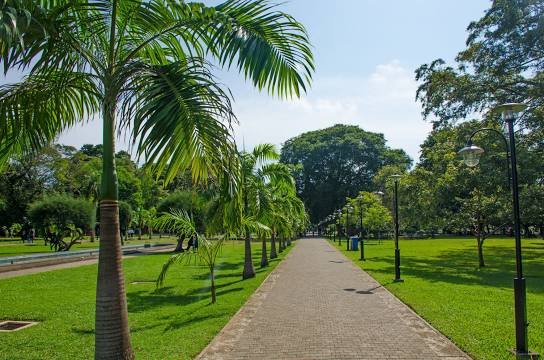
The Old Colombo Dutch Hospital is considered to be the oldest building in the Colombo Fort area dating back to the Dutch colonial era in Sri Lanka. It is now a heritage building and a shopping and dining precinct.
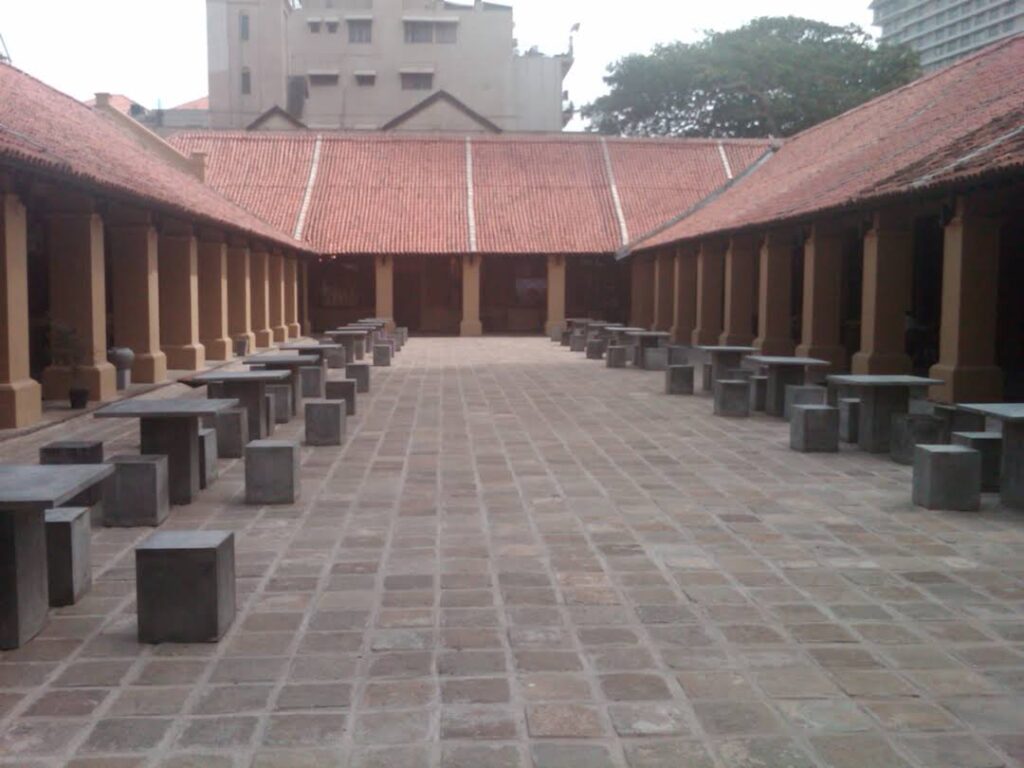
The National Museum of Natural History is a museum that covers the natural heritage of Sri Lanka. The museum is located closer to the National Museum of Colombo. It was established on September 23, 1986 and became only one museum in Sri Lanka that represents natural history and natural heritage. The National Museum of Natural History exhibits rare and threatened with extinction such as natural heritage of plant and animal species endemic to Sri Lanka, over 5,000 specimens of mammals, jurassic period indigenous fossils and various kinds of geological rocks.
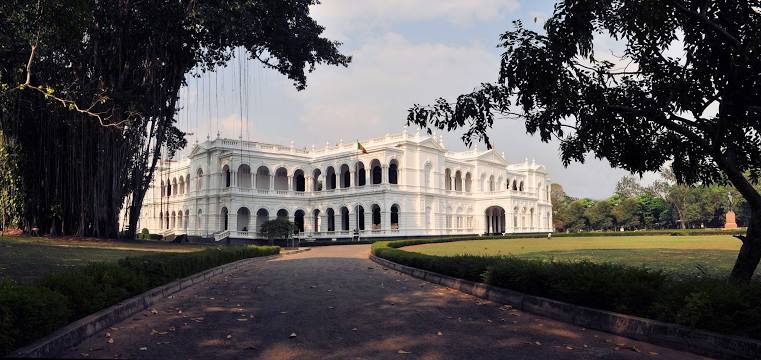
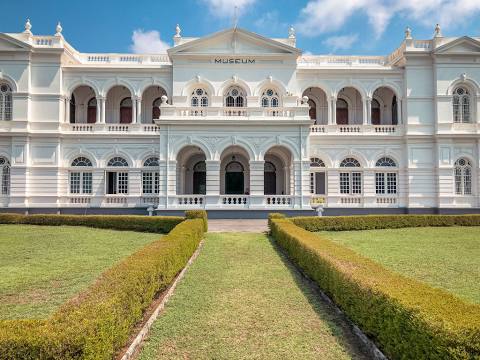
Jami-Ul-Alfar Mosque Sinhala: කොලඹ කොටුව රතු පල්ලිය, romanized: Kolomba Kotuwa Rathu Palliya, Tamil: மஸ்ஜிதுல் ஜாமிஉல் அஃபார் அல்லது சம்மாங்கோடு பள்ளிவாசல், romanized: Sammankodu Pallivasal, (known colloquially as the Samman Kottu Palli, Rathu Palliya, Red Masjid or the Red Mosque) is a historic mosque in Colombo, Sri Lanka. It is located on Second Cross Street in Pettah. The mosque is one of the oldest mosques in Colombo and a popular tourist site in the cit
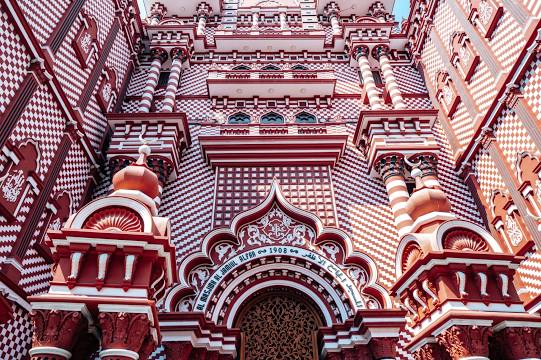

The Kelaniya Raja Maha Vihara or Kelaniya Temple is a Buddhist temple in Kelaniya, Sri Lanka. It is located 11 km north-east of Colombo. The current chief incumbent is Venerable Professor Kollupitiye Mahinda Sangharakkhitha Thera. The temple has often been associated with the rise and fall of Sri Lanka, with the popular saying that as the Kelaniya temple rose, Sri Lanka rose and as it fell, the country and its administration fell. It has thus had a deep association with the political powers of the country. As such, the temple is frequently visited by politicians both government and opposition.
